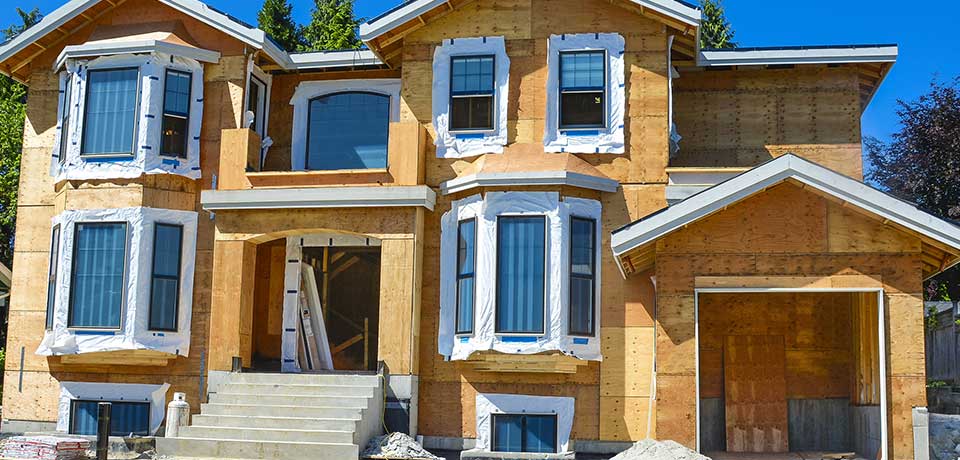What does high permeability mean within the house wrap category and how does it affect your building practices? To explain, let’s break down the physical attributes of what a high-quality house wrap can offer.
A good, weather-resistive barrier house wrap has four equally important functions:
- It MUST have a high level of air resistance to help prevent drafts and resist the flow of moisture-laden air though wall cavities.
- It MUST have a high level of water resistance to help protect the wall cavity from water that gets behind the cladding.
- It MUST have moderate- to high-vapour permeability to promote drying in wall systems.
- It MUST be durable to withstand the rigours of the construction site and continue to perform once construction is completed.

So why is vapour permeability important? It’s because wall cavities get wet, roofs leak, condensation occurs, plumbing leaks, construction materials are installed wet and internal moisture loads can be very high. However it happens, walls get wet and require a way to dry out. When a wall can’t dry out, it becomes vulnerable to moisture-induced damage, including mould and rot.
All builders’ goals are to build quality homes that last. The idea is to build a durable structure within wall systems that resist water and air while maintaining breathability. A high-quality, weather-resistant barrier that meets these critical performance criteria is the DuPont™ Tyvek® line. This line of barriers is engineered to help provide the optimum balance of properties for superior performance, including a moderate- to high-vapour permeability, which will allow walls to dry faster when properly constructed.
Give your clients the protection they need with a high-performing house wrap that ensures the elements are kept at bay where they belong.






